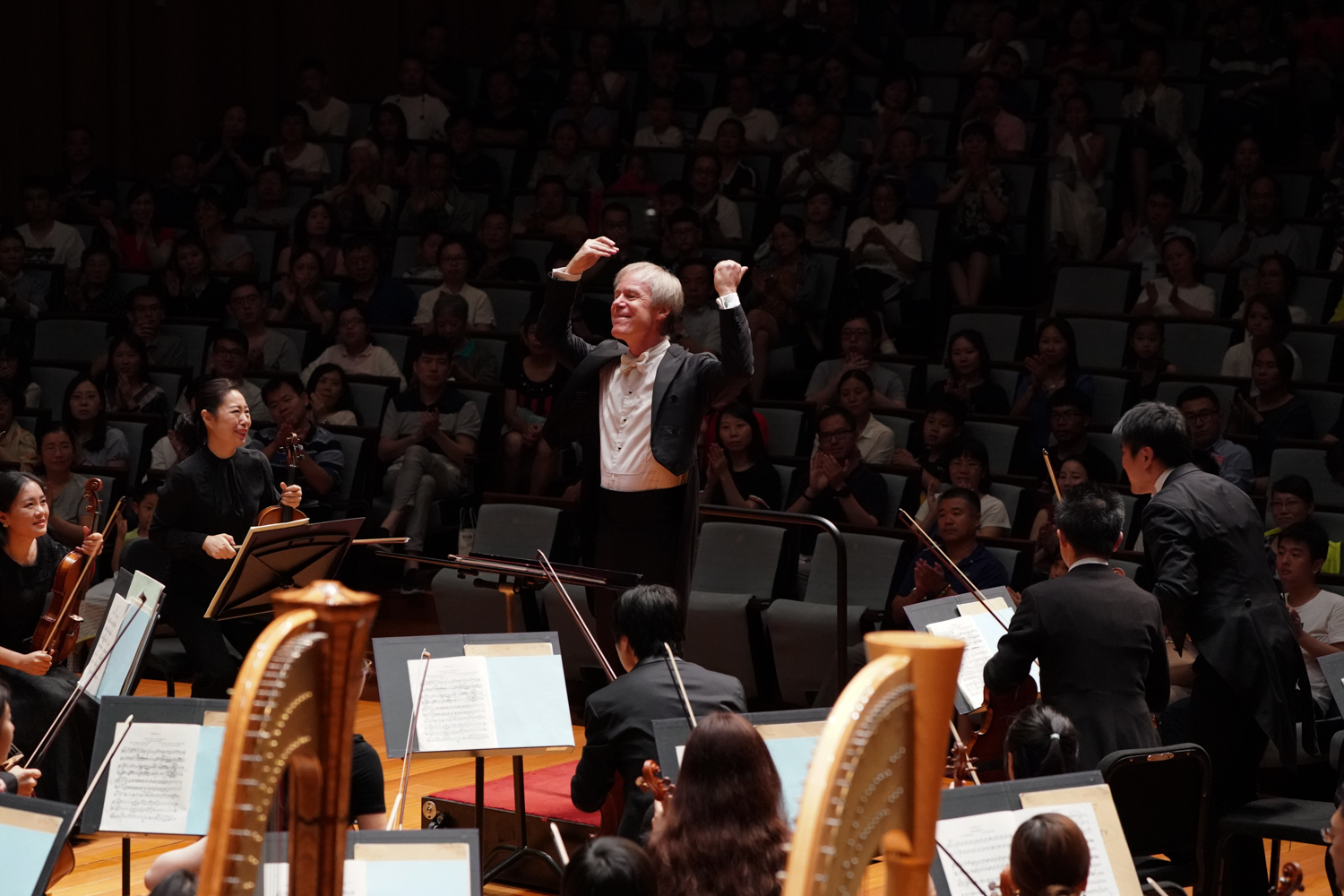LA Phil Etudes: Whorls and Eddies
GREEN UMBRELLA: LA Phil New Music Group LA Phil Etudes: Book 1 Whorls and Eddies Composed by David Robertson
GREEN UMBRELLA: LA Phil New Music Group LA Phil Etudes: Book 1 Whorls and Eddies Composed by David Robertson

My recent concerts in Beijing with the China NCPA Orchestra – at the spectacular National Center for the Performing Arts – were framed as an opportunity to experience the changes that classical music has taken over the past hundred years. Two programs included Stravinsky’s Petruschka and Bernstein’s Symphony No. 2 (The Age of Anxiety), Alfred Schnittke’s Viola Concerto, and Short Ride in a Fast Machine, a now nearly ubiquitous work by my musical compatriot, John Adams.